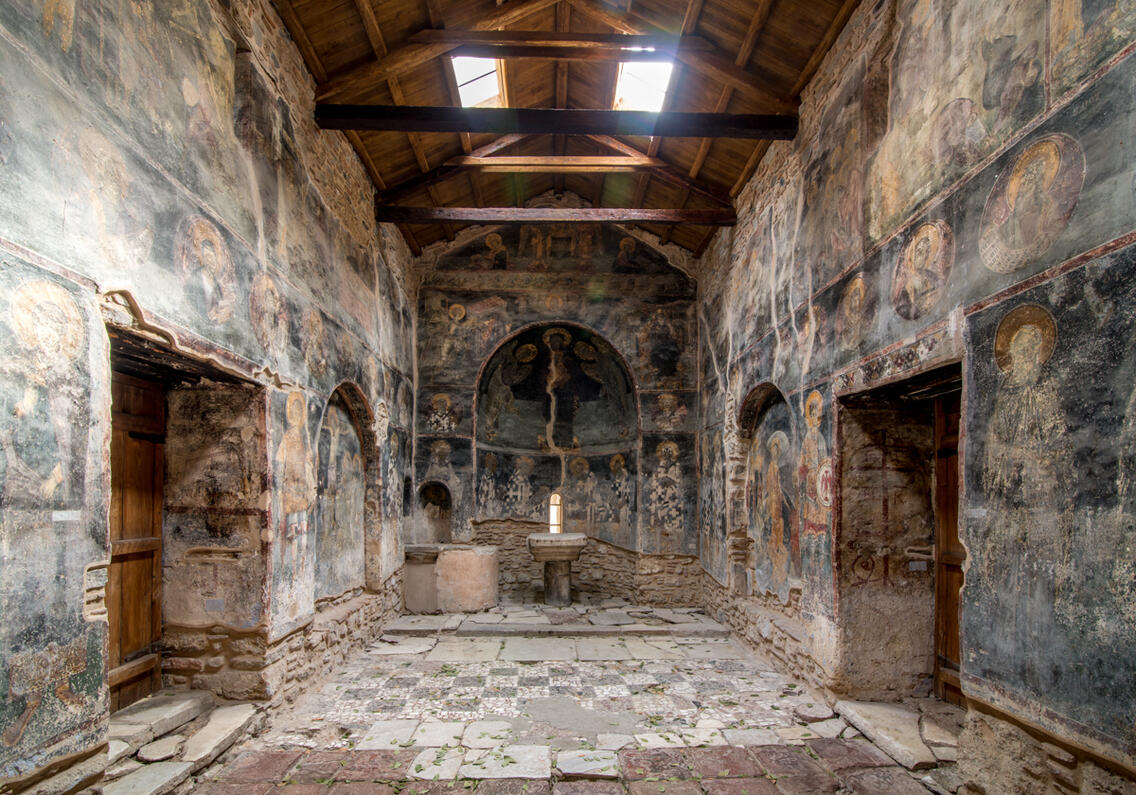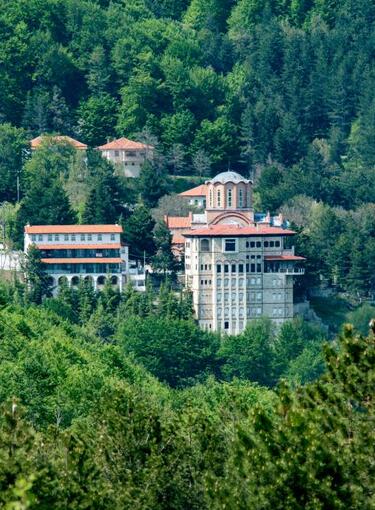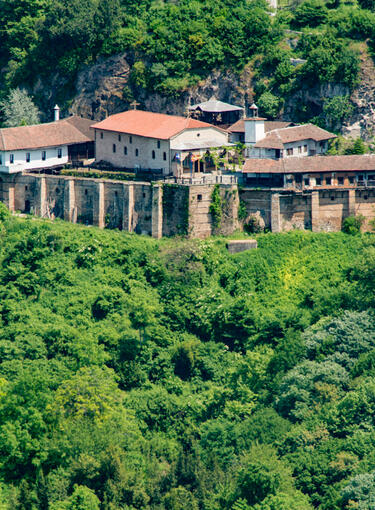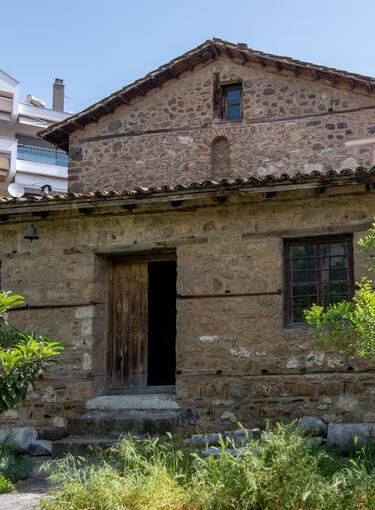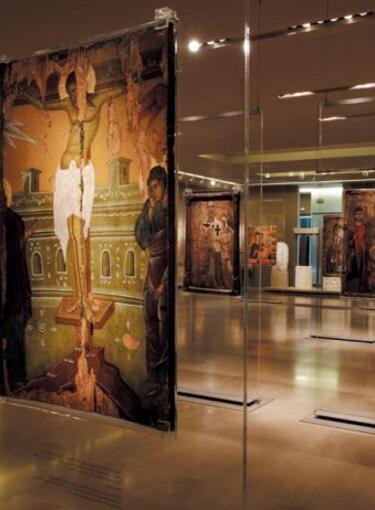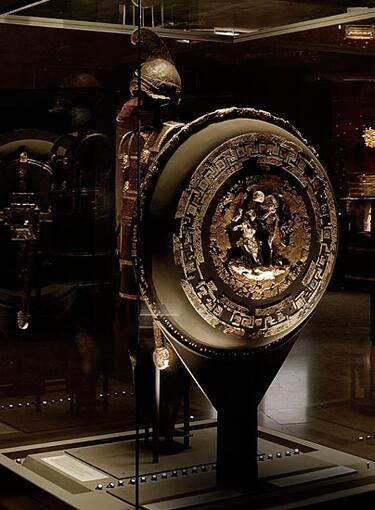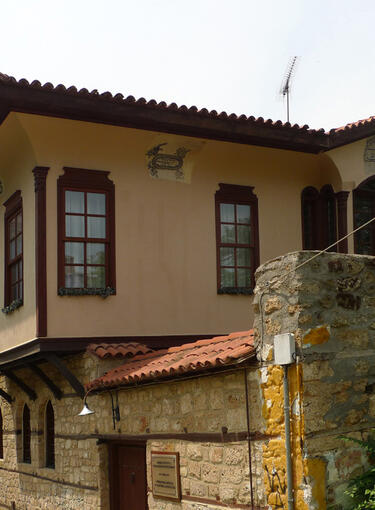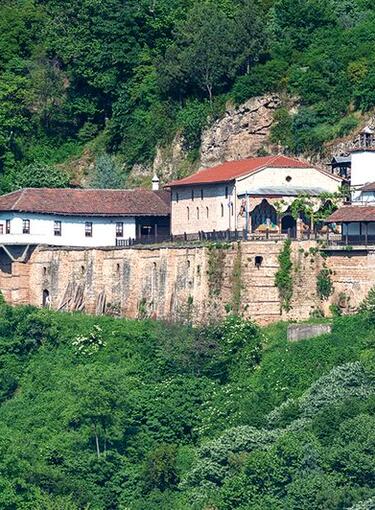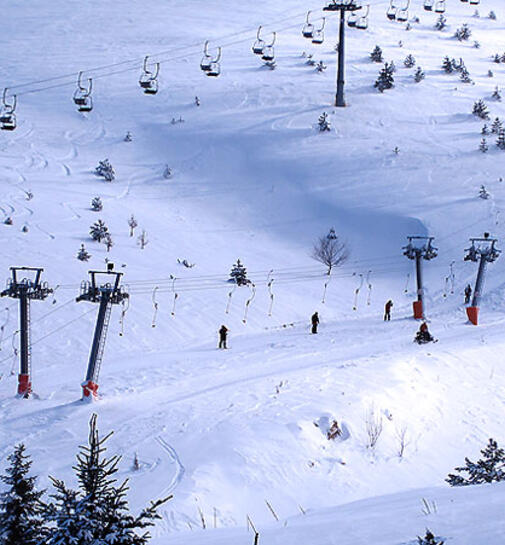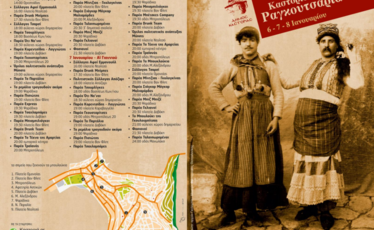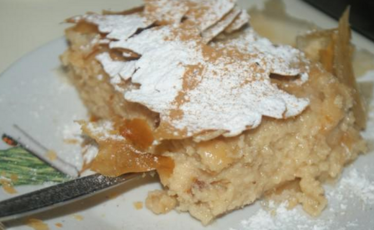Historic Temples
At the centre of Veria, among the modern buildings and next to the city’s town hall, is located one of the most important monuments of the Byzantine period, the small, austere church of the Resurrection of Christ (Church Anastaseos tou Soteros), which was the catholicon of a stauropegic monastery of the 14th century.
According to the founding inscription, which survives over its entrance, the church started to being built with the sponsorship of Xenos Psalidas. After his death it was completed by his wife Euphrosyne, and was inaugurated in 1314-1315. According to patriarchal and imperial documents, in 1314 the monastery became the ownership of the monk Ignatius Kalothetos and functioned as an independent monastery, at least until the middle of the 14th century. Possibly at the end of the 14th century it was granted to the Monastery of Megisti Lavra (Great Lavra), while in the 18th century the catholicon has fallen under the jurisdiction of the metropolis of Veria.
The church was aisleless, wooden-roofed, with a conch at the altar area which has the rare form of a semi-hexagon. In the 18th century they added a closed peristyle on its three sides, which was demolished in the 1950s and was replaced by the modern arched one. At its interior the church is decorated by paintings of exceptional artistry, of 1315, works of Georgios Kalliergis from Thessaloniki, one of the most important representatives of the renaissance of painting during the Palaeologan era. As a matter of fact, at the church’s founding inscription it is mentioned as the best painter of Macedonia. The icons are divided into three zones: at the lower full-bodied figures of saints are represented, at the middle busts of the Evangelists, prophets and saints, and at the upper scenes from the Dodekaorton (the twelve major feast days of the Orthodox Christian year), with more prominent ones being the scenes of the Crucifixion and the Resurrection. The wall paintings are characterized by their multiformity and the balance of colors and their perfection resembles more portable icons. At specific points of the church, mainly on the external walls, later wall painting survive, of the 14th and the 18th century, which depict local noblemen after their death and are accompanied by dedicatory inscriptions.
Informations
Additional
Date:
early 14th century
Season:
Byzantine
Holy Metropolis:
Veria and Naousa
Under the Supervision of:
Ephorate of Antiquities of Imathia
Address:
Kontogeorgaki 59100
Access:
By bus, By car



